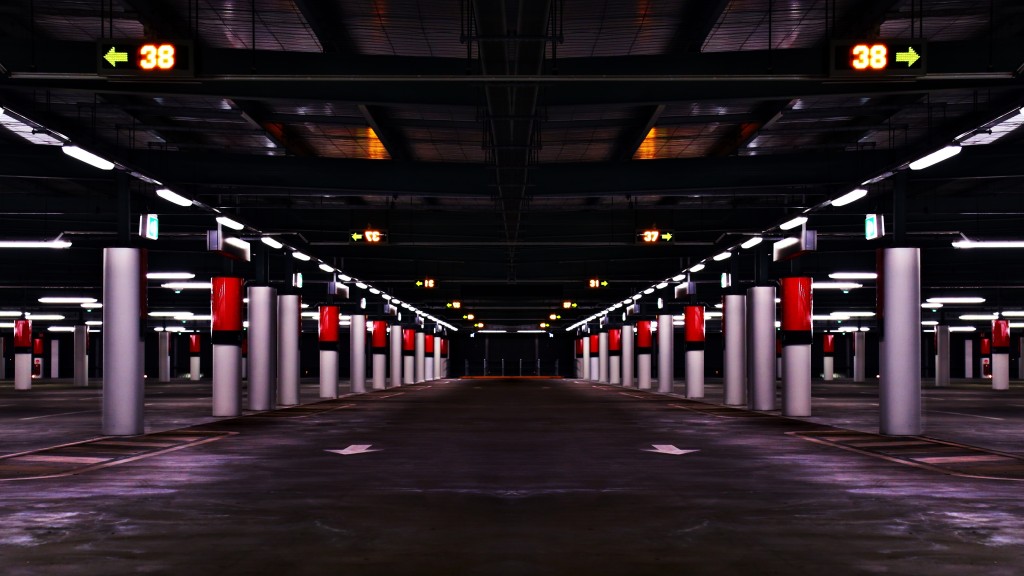- December 9, 2016
- Posted by: @dmin
- Category: Uncategorized

Commercial property management brings its own unique set of requirements when it comes to ensuring the safety and well-being of occupants. It is incumbent upon commercial property managers to ensure that their buildings meet proper jurisdictional safety requirements.
In Canada, building safety is spelled out in a patchwork of national, provincial and municipal regulations. Building codes – federal, provincial and municipal, fire codes, electrical requirements and occupational safety regulations all have a stake in the overall assessment.
Of particular note is occupational safety. For those buildings in which businesses reside, it’s important to understand that commercial property safety regulations will frequently overlap with regulations pertaining to workplace safety at all levels of government, which direct business owners to ensure that work environments are safe.
As there is no single catch-all set of regulations related to commercial property safety, it can be difficult for the property owner to get a sense of what is required. As there is so much overlap between varying levels of government, having a single checklist can help to simplify the task.
In order to ensure that you are properly covered when it comes to safety requirements, we’ve compiled a checklist to help the property owner conduct a self-audit. While this is no substitute for proper inspections, it will serve to underscore areas where safety regulations may not be met.
Conducting a Safety Audit
As mentioned previously, engaging the services of a professional commercial property safety inspector can be a wise investment. Not only will it point out areas where safety is a concern, but it will help to limit the property owner’s liability in the long run.
However, it’s possible – and highly advisable – for the property owner to conduct their own safety audit. By doing so, it’s possible to glean insight into possible safety violations and to rectify them before they become a substantial issue.
The first step in conducting a safety audit involves an assessment of risk. When conducting the audit, the following risk factors should be taken into consideration at each juncture:
- Anticipating who is at risk of injury
- Anticipating the specific manner of possible injury
- Determining whether proper safety measures are sufficient
- Determining whether the property complies with relevant safety regulations
As well, the risks can be further subdivided into the likely severity. For example, potential risk can be categorized as:
- Unlikely to cause an accident or injury
- Possible to cause an accident or injury
- Likely to cause an accident or injury
- Very Likely to cause an accident or injury
Once these factors have been taken into account, and with them in mind, it’s time to move on to the actual safety survey of the commercial property.
Outside Premises
Comprising all outdoor areas on the property, the outside premises can potentially encompass several areas of compromised safety. Listed below are survey questions to ask, broken down into relevant categories:
Parking Lot:
- Is the parking lot properly marked with appropriate signage?
- Is there adequate lighting for cars and pedestrians?
- Is the lot relatively clear and free of debris?
- Has the lot been properly cleared of ice and snow in winter?
- Is the lot accessible to emergency vehicles?
- Are there adequate disabled parking spaces?
Grounds:
- Is waste properly stored in approved containers?
- Is the smoking area clean and free of combustible materials?
- Are walkways free of ice and snow in winter?
- Does security lighting function properly?
- Are exit pathways properly marked?
- Is security fencing in a good state of repair?
- Is there any outdoor machinery that may cause injury?
- Are building exits clear of obstructions?
- Are outdoor stairwells in good repair?
- Are outdoor stairwells free of obstructions/ice/snow?
- Is there adequate drainage on the property?
Loading Areas:
- Is loading equipment in good repair?
- Are loading areas free of debris?
- Are loading areas properly marked?
- Are regulations related to the transfer of materials enforced?
Building
Consisting of all indoor areas of a commercial property, the building itself presents many potential safety challenges. In this section, we will take a look at generic considerations to take into account, not including building systems.
Common Areas:
- Are common areas free of debris?
- Are wet floor signs deployed as appropriate?
- Is hazardous material stored on site?
- Are no-smoking signs properly affixed?
- Is the building reasonably free of damage or vandalism?
- Is lighting adequate and properly maintained?
- Are wall fixtures properly secured?
- Are there any signs of window damage or cracks?
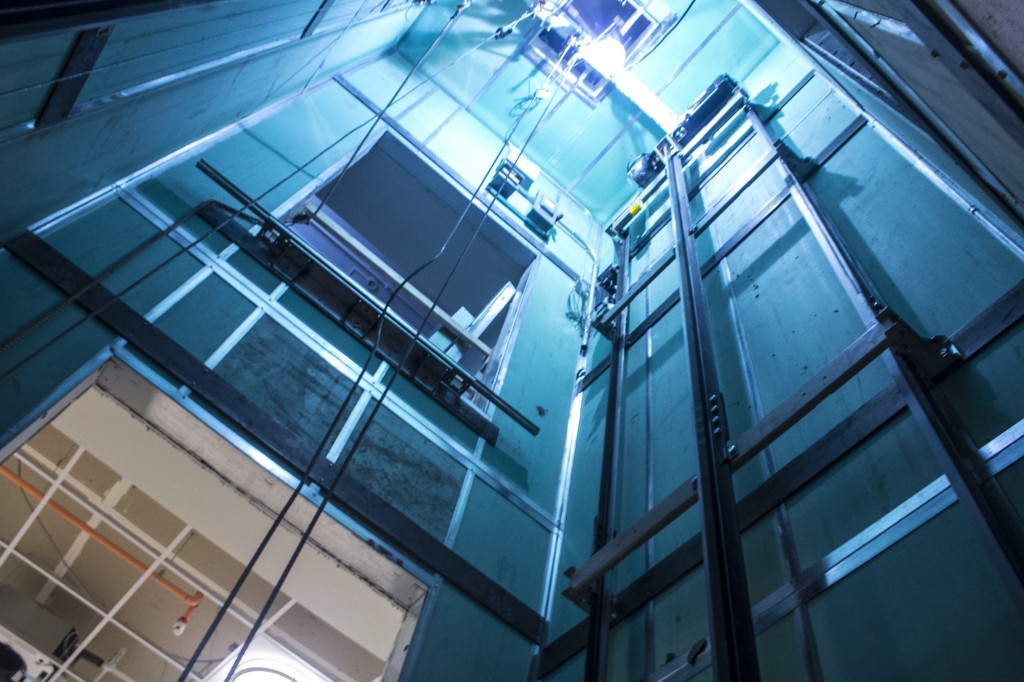
Elevators:
- Are elevators in good working order?
- Are emergency buttons functioning properly?
- Does the emergency telephone system function properly?
- Have regular elevator inspections been made?
- Is the safety certificate properly displayed?
- Is there adequate lighting in the elevators?
- Is the elevator properly accessible?
- Is the elevator free of noises and vibrations?
- Does the elevator door sensor work properly?
- Are all elevator buttons properly lit and functioning?
- Do audial indicators work properly?
- Are out of service elevators properly marked as such?
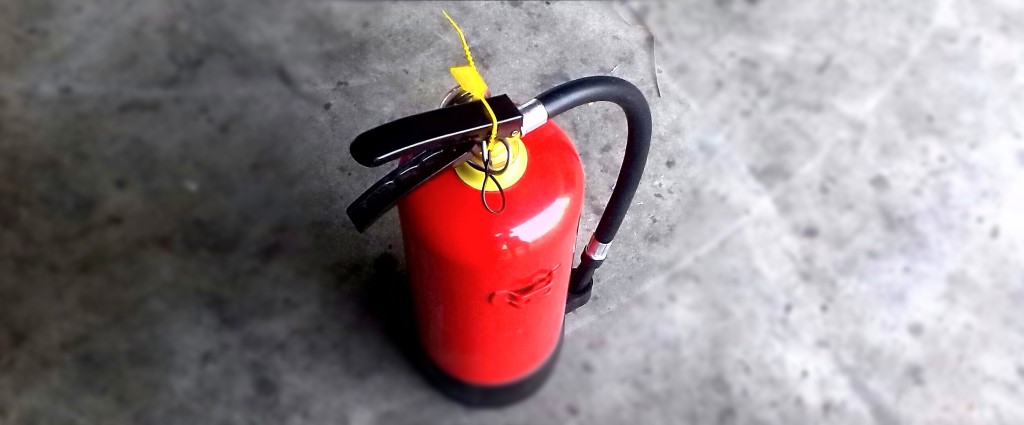
Fire Safety
Governments regulate fire codes that all buildings in the respective jurisdictions must comply with. In Ontario, buildings are required to comply with provincial fire codes. Additionally, the National Fire Code, as well as municipal codes may apply as well.
Fire safety is one of the foremost areas of concern for a commercial property owner. Ensuring that the property conforms to all relevant regulations is essential.
Below is a list of fire safety factors to survey:
- Is the address clearly visible from the street?
- Are fire alarms in working order?
- Are fire alarm system panels in working order?
- Are fire extinguishers placed at proper intervals?
- Are fire extinguishers visible and easily accessible?
- Are fire extinguishers kept in good working order?
- Have fire extinguishers been inspected within the prescribed timeframe?
- Are exit signs visible and properly installed?
- Are exit doors free of obstructions?
- Do exit doors conform to required regulations?
- Has emergency lighting been properly maintained?
- Are garbage receptacles kept away from combustible materials?
- Does the building have a working sprinkler system?
- Has the sprinkler system been maintained in good order?
- If no sprinkler system, are goods stacked with proper ceiling clearance?
- Have cooking exhaust hoods been cleaned regularly?
- Are exhaust fans clear of debris and buildup?
- Are flammable materials kept on the premises?
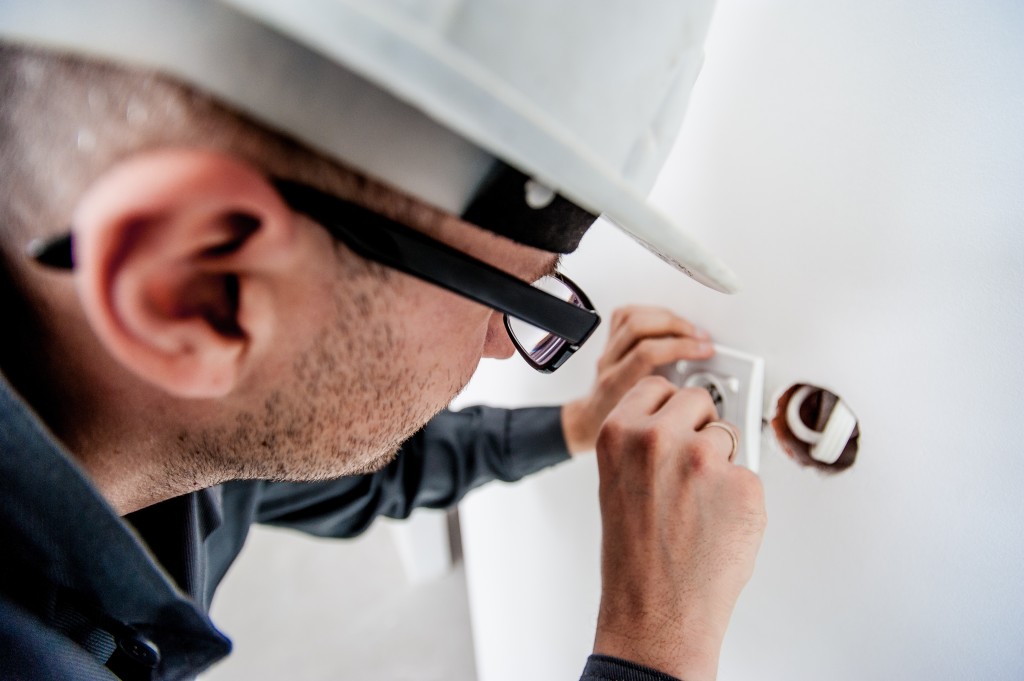
Electrical
Similar to fire codes, there are strict standards in place governing electrical systems. In Canada, electrical safety codes are areas of provincial responsibility. In Ontario, the relevant regulations are outlined in the Ontario Electrical Safety Code.
While improper electrical connections and wiring can in themselves be fire hazards, they also lead to the risk of potential injury by electrocution.
Improperly maintained electrical systems can also lead to other indirect safety issues. Many safety requirements in a commercial building depend on proper electricity to function, such as security systems, lights, and elevators.
Some of the electrical questions to take into account during a safety audit include:
- Do systems conform to electrical code standards?
- Was installation performed by a licensed electrician?
- Are all electrical systems properly covered?
- Are all electrical systems protected from inadvertent contact?
- Are the electrical systems’ covers properly latched?
- Is the electrical panel free from debris or obstructions?
- Are extension cords currently in use for non-temporary reasons?
- Are extension cords arranged in a non-obstructive manner?
- Do any extension cords travel through walls or ceilings?
- Are all electrical outlets properly covered?
- Are electrical fixtures properly installed and maintained?
Sanitation
The level of sanitation required for commercial properties will vary based on the type of activities taking place on it. However, there are minimum standards required under federal, provincial and municipal law. In most cases, municipal bylaws will regulate properties with regard to sanitation.
If a commercial property incorporates a food-handling business, other sets of sanitation requirements may apply. Overall, sanitation is an important safety issue, as it has the potential to adversely affect a commercial property occupant’s health.
When conducting a property safety audit, some of the important sanitary considerations are:
- Is garbage properly removed and disposed of?
- Does the property meet municipal waste disposal bylaws?
- Are municipal waste bins stored in their designated areas?
- Are municipal waste bins intact, properly containing refuse?
- Are there any incidents of illegal dumping on the property?
- Does the building have a sanitation verification system?
- Are sanitation records kept?
- Is refuse collected on a daily basis from common areas?
- Are refuse bins emptied daily into approved channels?
- Are common areas kept clean?
- Are windows kept clean?
- Are common bathrooms cleaned daily?
- Do common bathrooms offer adequate supplies?
- Are there specific food disposal facilities, if applicable?
- Is there a pest control strategy?
- Is there any evidence of pest infestations?
- If evidence of pests is found, has the building been sanitized?
- Have pest control records been kept?
- Have potentially harmful pest control chemicals been used?
HVAC Heating & Cooling
A commercial property’s heating and cooling system can represent safety challenges if not properly installed and/or maintained. There are several ways this can negatively impact building safety.
Improperly functioning or unattended equipment can lead to personal injury or cause health-related concerns. As well, improper ventilation and filtration systems can lead directly to illness, in some cases severe.
Due to these concerns, there are a wide array of regulations that cover the proper operation of heating and cooling systems. Federal, provincial and municipal laws will have varying degrees of control over this aspect of property operations.
Some of the relevant heating and cooling system questions to consider are:
- Is machinery related to heating/cooling locked and inaccessible to the public?
- Is this machinery tended to and maintained by qualified personnel?
- Has the machinery been installed by licensed technicians?
- Are any flammable materials stored near the furnace?
- Are furnace/boiler rooms kept clear of obstructions?
- Are ducts and vents clear of obstructions?
- Are ducts and vents cleaned regularly?
- Are air filters replaced at recommended intervals?
- Are furnaces and air conditioners operated within tolerances?
- Are temperatures set in accordance with any mandated levels?
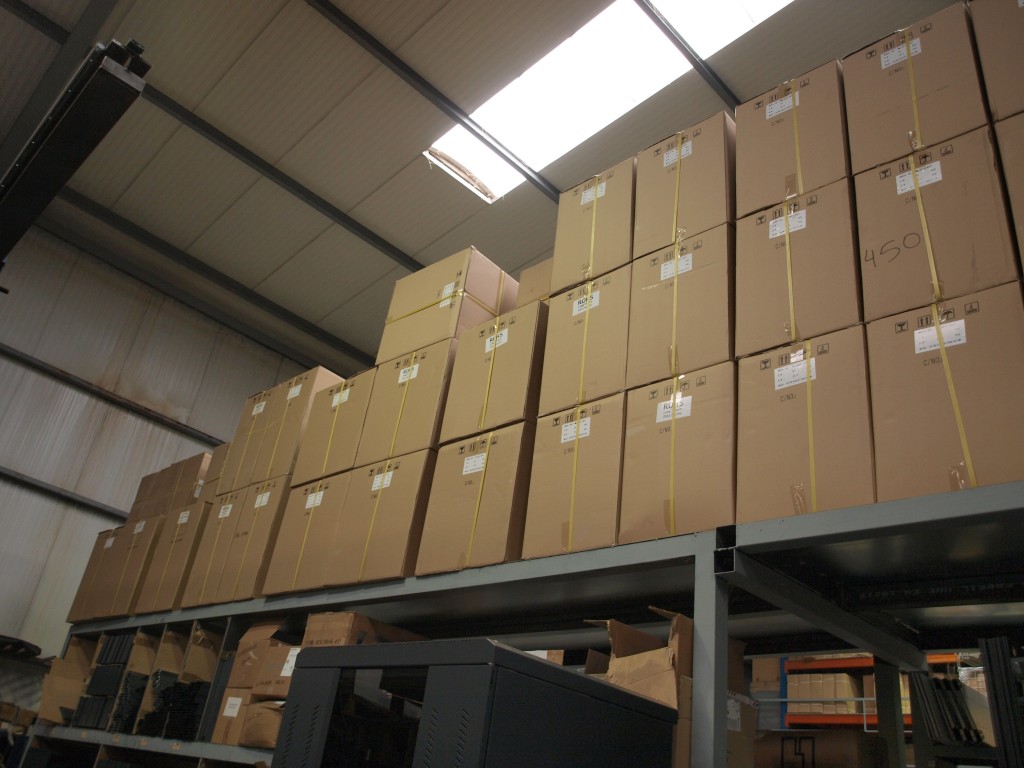
Storage
Many commercial properties maintain areas dedicated to the storage of goods and materials. These areas can, if not properly managed, result in safety concerns.
Federal, provincial and municipal governments set out specific requirements when it comes to the storage and transportation of hazardous materials. Even in residential buildings, the possibility exists for hazardous materials to be inadvertently stored.
Ensure that all materials stored on the property meet relevant government regulations and are maintained safely and securely.
Some questions to consider when it comes to commercial building storage:
- Are any hazardous materials stored on site?
- If hazardous materials are present, are they handled according to regulations?
- Are cabinets and storage areas marked as containing hazardous materials where appropriate?
- Are proper containment materials available in the event of a spill?
- Are there eye- and hand-washing stations if applicable?
- Are ladders in good working order?
- Do stacked goods comply with best stacking practices?
- Are storage areas properly ventilated?
- Are storage pathways and exits free of obstructions?
- If lifting equipment is present, is it in good working order?
- Is lifting equipment operated by qualified personnel?
Conclusion
As we have seen, there are many categories to consider when conducting a commercial property safety audit. While many of these areas are subjected to legal standards, some aren’t; it is, therefore, desirable to ensure that a safety checklist is maintained and followed to ensure that reasonable safety standards are
To that end, engaging the services of a professional commercial property safety inspector is highly recommended. They can leverage their experience to examine the state of a property and determine where safety standards are not being
However, if hiring an inspector is not practical, the property owner can conduct a reasonable audit themselves. While it’s not possible to predict every contingency, accidents and injury can frequently be avoided by ensuring that the property owner adheres to these
Not only will the property owner reduce their potential liability, but they will help ensure that the space is able to be enjoyed by all intended users.

